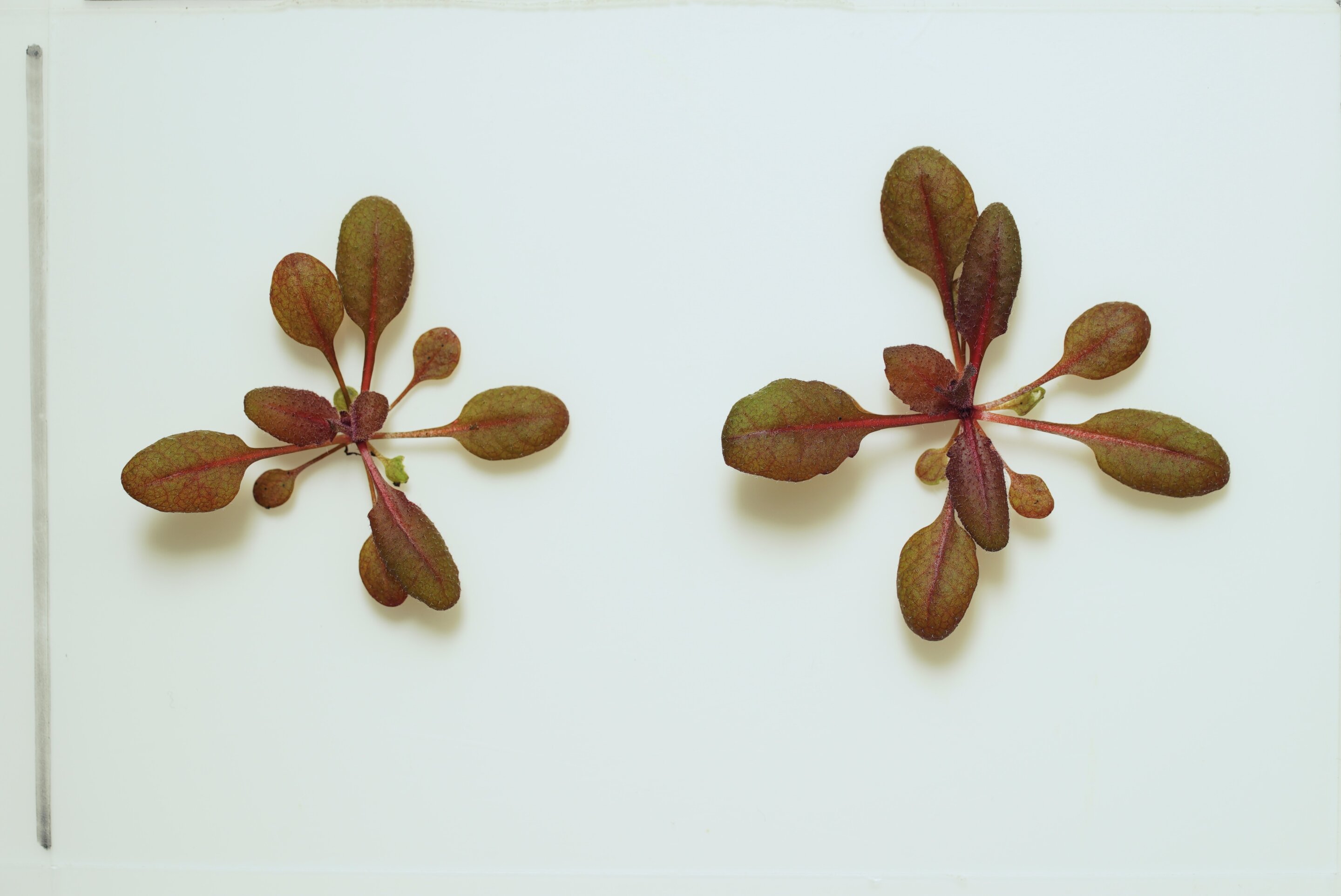Scientists engineer plants to speak in color as environmental sensors for dangerous chemicals
Date: 30.10.2023
UC Riverside researchers had to solve an engineering puzzle: how to enable a plant to sense and react to a chemical in the environment without damaging its ability to function normally in all other respects.
 Last year the research team demonstrated that ABA receptor proteins can be trained to bind to chemicals other than ABA. Now the team has shown that once the receptors bind to this other chemical, the plant will turn beet red.
Last year the research team demonstrated that ABA receptor proteins can be trained to bind to chemicals other than ABA. Now the team has shown that once the receptors bind to this other chemical, the plant will turn beet red.
For this demonstration the team used azinphos-ethyl, a pesticide banned in many places because it is toxic to humans. "People we work with are trying to sense information about chemicals in the environment from a distance," said Sean Cutler, UCR professor of plant cell biology. "If you had a field of these and they turned red, that would be pretty obvious, visually."
As part of the same experiment, the research team also demonstrated the ability to turn another living organism into a sensor: yeast. The team was able to show a response in yeast to two different chemicals at the same time. However, this is not yet possible in plants.
"It would be great if we could eventually design one plant to sense 100 banned pesticides, a one-stop shop," said Cutler. "The more you can stack, the better, especially for applications involving environmental health or defense. But there are limits to what we can engineer for these new sensing capacities at this time."
To be clear, these plants are not being grown commercially. That would require regulatory approvals that would take many years. However, the discovery opens up possibilities.























